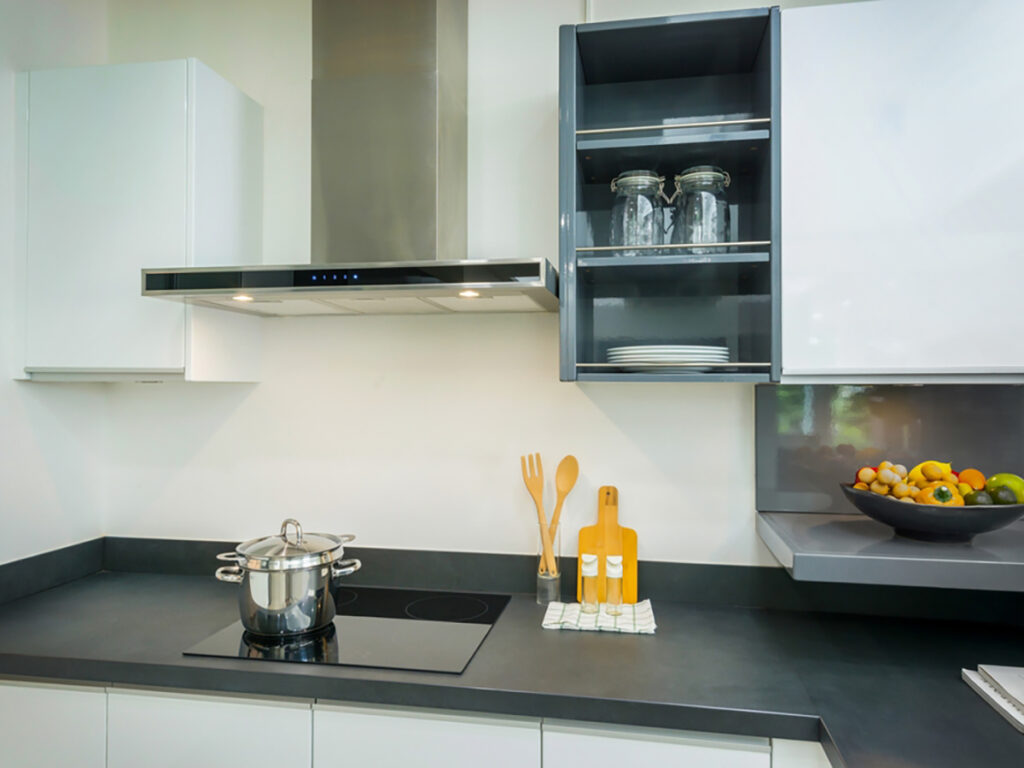Kitchen Chimney 101: Understanding the Essentials for a Smoke-Free Cooking Experience
A kitchen chimney is an essential appliance in modern kitchens, especially for those who love cooking but want to keep their space clean, smoke-free, and pleasant. Understanding the basics of kitchen chimneys is crucial in choosing the right one for your needs and ensuring a smoke-free cooking experience. This comprehensive guide will explore the key aspects of kitchen chimneys. What is a Kitchen Chimney? A kitchen chimney, also known as a range hood or exhaust hood, is a device containing a mechanical fan that hangs above the stove or cooktop in the kitchen. It removes airborne grease, combustion products, fumes, smoke, heat, and steam from the air by evacuation of the air and filtration. Why Do You Need a Kitchen Chimney? The primary purpose of a kitchen chimney is to keep the kitchen air clean and free from smoke, odors, and airborne grease. This not only helps in maintaining a pleasant cooking environment but also prevents grime and grease from settling on kitchen surfaces, thus aiding in keeping the kitchen clean and hygienic. Types of Kitchen Chimneys Wall-Mounted Chimneys: These are fixed on the wall and are suitable for kitchens where the cooking stove is adjacent to the wall. Island Chimneys: Ideal for kitchens with cooking stoves located away from the wall, typically in the center. Built-in Chimneys: Integrated within the kitchen cabinets, offering a seamless look. Corner Chimneys: Specifically designed for kitchens with cooking stoves located in a corner. Important Features to Consider Suction Power: Measured in cubic meters per hour (m³/hr), this determines the chimney’s ability to remove smoke and odors. The higher the number, the more effective the chimney. Size: The size of the chimney should correspond to the size of the stove or hob. Generally, it should be slightly larger than the stove. Filters: The three main types of filters are cassette, baffle, and charcoal. Each has its own advantages and maintenance requirements. Noise Level: Lower noise levels are preferable for a more comfortable cooking experience. Design and Aesthetics: Modern chimneys come in various designs and finishes to complement your kitchen’s decor. Auto Clean Function: Some chimneys come with an auto-clean function that helps in reducing the hassle of manual cleaning. Maintenance and Cleaning Regular cleaning and maintenance are crucial for the efficient functioning of kitchen chimneys. Baffle filters need cleaning every 2-3 months, whereas cassette filters require monthly cleaning. Models with an auto-clean function can reduce the frequency of manual cleaning. Installation Considerations Proper installation is key to the efficiency of a kitchen chimney. It’s advisable to have your chimney installed by a professional to ensure optimal performance. The height at which the chimney is installed above the stove is also crucial – typically, it should be about 20-30 inches above the stove. Energy Efficiency Opt for energy-efficient models to reduce electricity consumption. LED lighting in chimneys is also an energy-saving feature that provides good illumination for the cooking area. Conclusion A well-chosen and properly maintained kitchen chimney can greatly enhance your cooking experience by keeping your kitchen air clean and smoke-free. Understanding the essentials of kitchen chimney features, types, maintenance, and installation is key to making an informed decision that suits your cooking style and kitchen layout. With a variety of designs, sizes, and features available in the market, you can find the perfect chimney to match your culinary and aesthetic needs, transforming your kitchen into a more efficient, clean, and enjoyable space.
Kitchen Chimney 101: Understanding the Essentials for a Smoke-Free Cooking Experience Read More »



